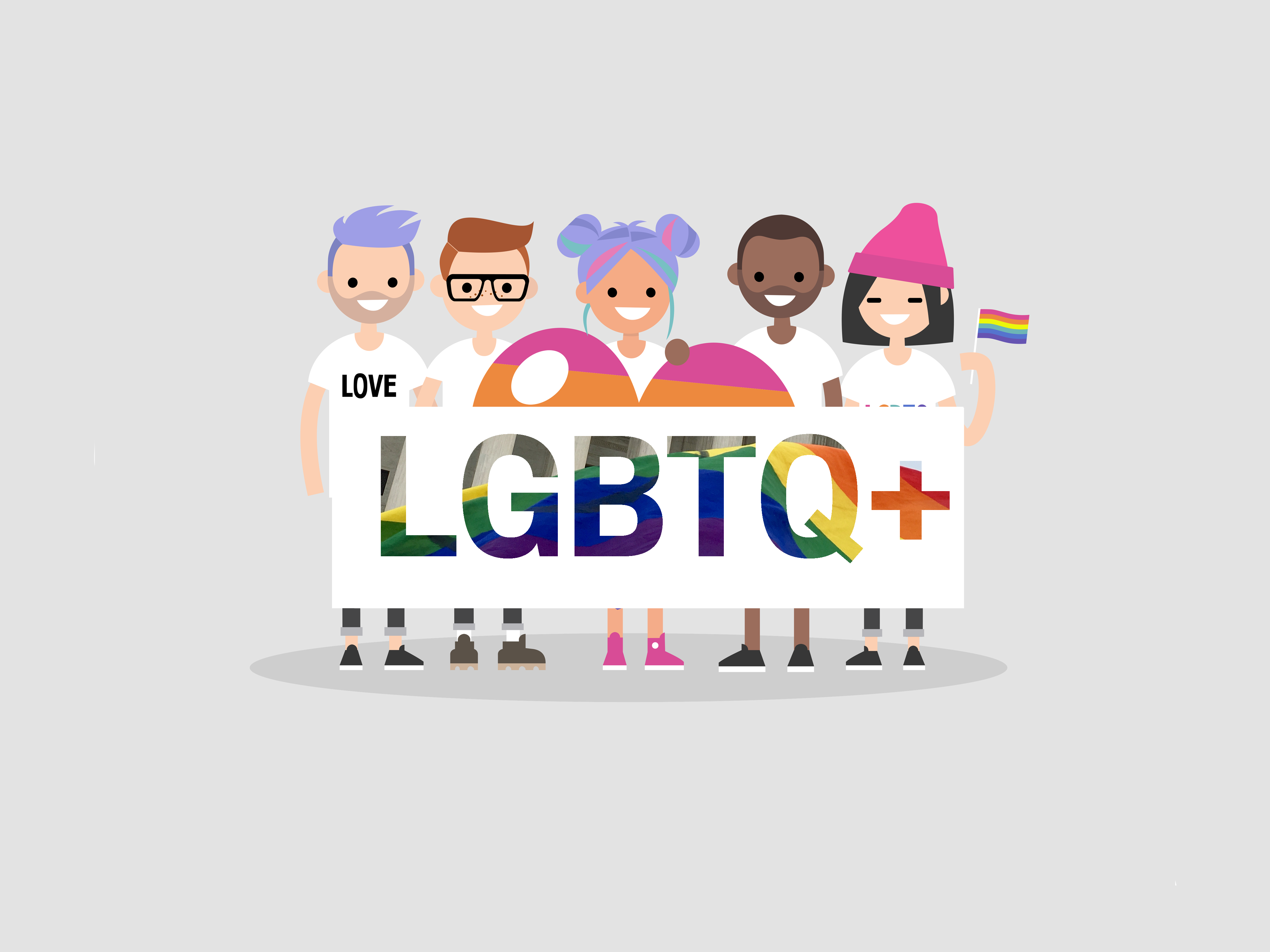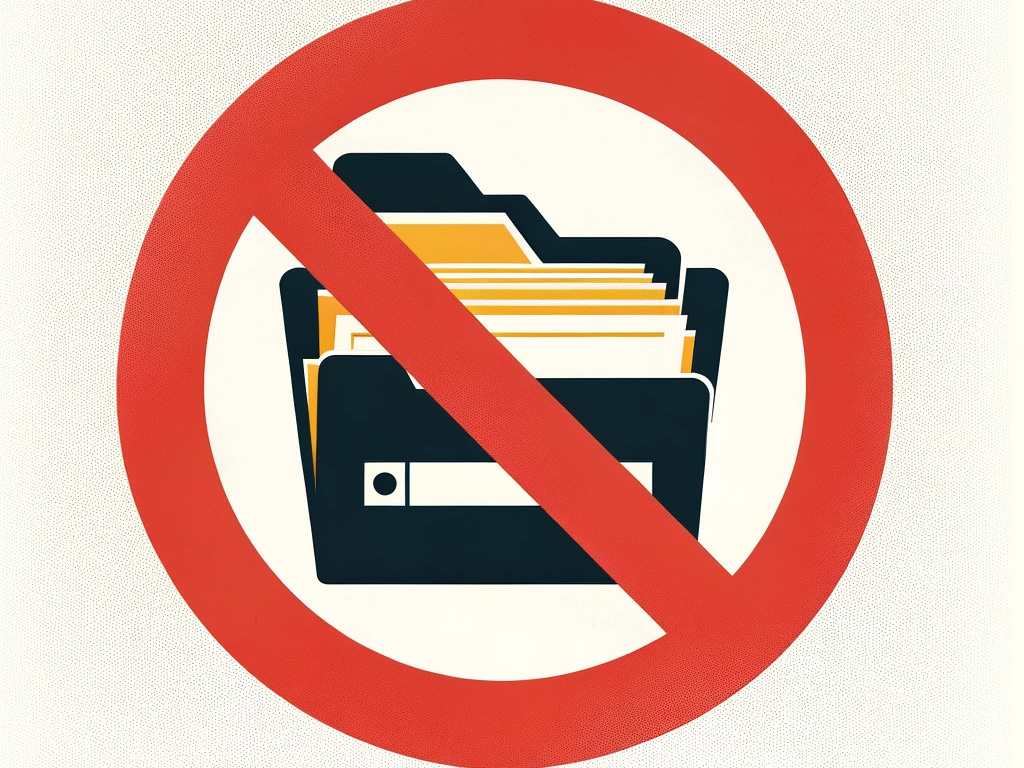The decision made by the U.S. Supreme Court has introduced protections for the LGBTQ+ community in the workforce. But what makes this landmark ruling such a big deal for the community?
On June 15th, U.S Supreme Court ruled that workplace firing based on the sexual orientation of an individual was not legal. Whilst such rulings have existed at a state level for years, the federal nature of these rulings means that it has broader implications for the community. The decision will have far-reaching historical implications that will hugely benefit the LGBTQ+ community’s fight for equality not only in the workplace but in society at large.
1. The Road to the Ruling
On Monday, June 15th of this year, the U.S. Supreme Court announced a landmark decision that introduced protection against workplace discrimination for gay and transgender individuals in the workforce. This provided the LGBTQ+ community with a long sought after victory in their fight for equality in the workforce. The U.S. Supreme Court decided in a 6-3 majority ruling that any employer who fires an individual based on their sexual orientation will be defying the law.
This U.S. Supreme Court ruling addressed a trio of cases going back to 2010 when a skydiving instructor was fired from his job for telling a client about his sexual orientation. The decision also concerned a child aid worker who was fired for joining a gay recreational softball league and a funeral director who was terminated for coming out as transgender—both incidents occurring in 2013.
The decision spanned a detailed 168-page report that addressed many different points that constitute a significant part of the LGBTQ+ communities fight for equality in all facets of American society. The decision touched on LGBTQ+ issues regarding the use of public bathrooms, pronoun use, and religious disputes concerning LGBTQ+ equality. This decision is the first major decision that has been taken in support of the rights of the transgender community, in particular, coming amidst widespread protests nationwide.
Before this U.S. Supreme Court ruling, it was legal in more than 25 states nationwide to fire employees based on their sexual orientation. This consequential decision has provided an extension to workplace protections for millions of workers nationwide on a federal level. This decision's importance is vastly amplified by the fact that it is one in a series of continuing U.S. Supreme Court decisions increasing protections for marginalized groups. The decisions came despite two conservative appointments to the U.S. Supreme Court since 2016.
2. A Decision Decades in the Making
From a historical standpoint, this decision is a significant advancement in the cause of equality for the LGBTQ+ community. Going as far back as the twentieth century, countless LGBTQ+ individuals have lost their jobs in various industries due to their sexual orientation coming into their employer's notice. Individuals working in factories, government offices, corporate workforces, and even farms have been faced with the threat of termination if their sexual orientation became public knowledge.
For a long time, the fear of being fired from your job was the most significant threat that forced people to hide their identities, forcing them to identify as straight. And in the process forcing them to live a lie. This fear extended into people's personal lives as well. Forcing LGBTQ+ individuals to hide their real identity made them pick and choose who they socialized with and what lies they spun about themselves to make sure that their exact orientation was not revealed.
To understand the importance of this decision, we have to look at it concerning some historical context. On June 28th, 2000, the U.S. Supreme Court ruled that workplace authorities had a First Amendment right to terminate/exclude people on the basis of their sexual orientation. This case went on to affect many workplace rulings on a state-wide level and played a major role in taking forward the conversation on workplace protections for LGBTQ+ individuals.
Despite coming a long way since then, we need to understand that these rulings led to 1000's of individuals from the gay and lesbian communities to lose their jobs and face the stigma attached to openly identifying with being a part of the LGBTQ+ community. And to this day, the risk of being fired from your job in case your sexuality became public knowledge remains a significant constraint for LGBTQ+ individuals.
The stakes in these cases were very high. This U.S. Supreme Court ruling has finally offered federal precedent that will be able to protect gay, lesbian, transgender, and individuals of other sexual orientations. The fact that this decision came in the current political climate, where conservatives control most of the governing branches, adds another layer of significance to this victory.
3. Inside the Case
Unlike the 2015 ruling in the Obergefell v. Hodges case, which legalized same-sex marriage across the nation, this U.S. Supreme Court ruling was concerned with a statute and not the constitution. The statute considered in this decision was the Civil Rights Act of 1964 and the issue Title VII of the Act that prohibited workplace discrimination “based on an individual’s sex”.
Those that argued against the decision claimed that if the authors intended to prohibit discrimination based on one's sexual orientation or identity, they would have made that clear in explicit terms. According to the dissent of Justice Samuel Alito, in the time of the Civil Rights Act, discrimination based on sex was not considered as having anything to do with workplace discrimination based on one's status as a transgender individual or because of their sexual orientation.
Regardless of these dissenting views, U.S. Supreme Court Justice Neil Gorsuch wrote in the court's opinion that whether the legislators of 1964's Act could have predicted the eventual outcome of the language that they used was irrelevant. And that discriminating against an individual based on their sexual orientation does entail workplace discrimination based on sex, arguing that the first can't happen without the second.
4. What the Future Holds
With the decision being made, many in the LGBTQ+ community are looking forward to the future in their fight against discrimination. Many people are still worried about the impacts of the decision as most bosses in America's corporate culture do not even need to state a reason to let go of an employee. According to some in the community, to truly protect same-sex and transgender employees, it is essential to fight marginalization beyond the current standard by reconsidering the current balance of power between the worker and the boss.
Nevertheless, this is a significant victory for the LGBTQ+ community as now, there is no legal precedent that allows companies to fire their employees based on their sexual orientation. The fight continues for most in the LGBTQ+ community, with most looking forward to creating a better society for themselves and their peers.



